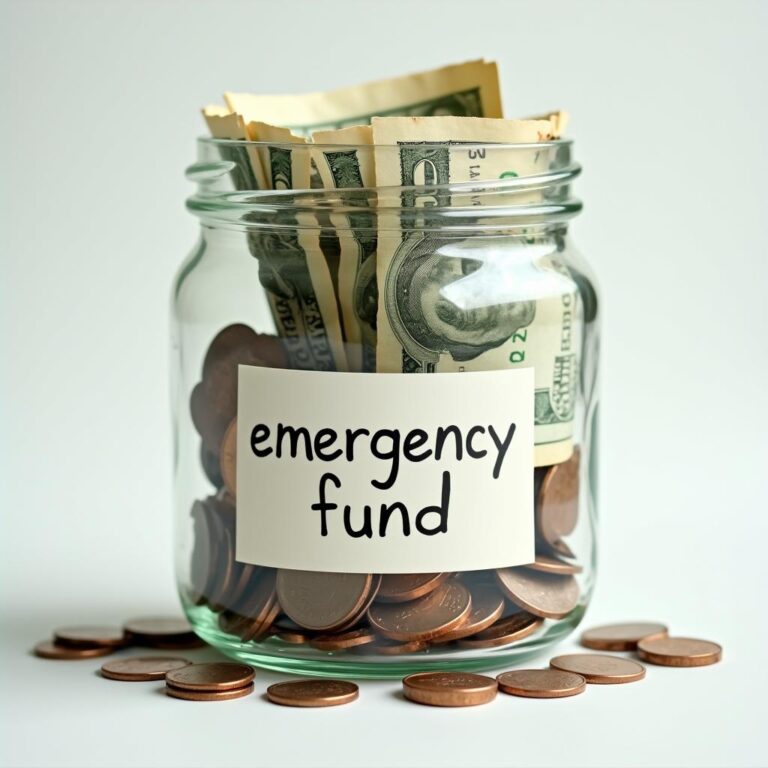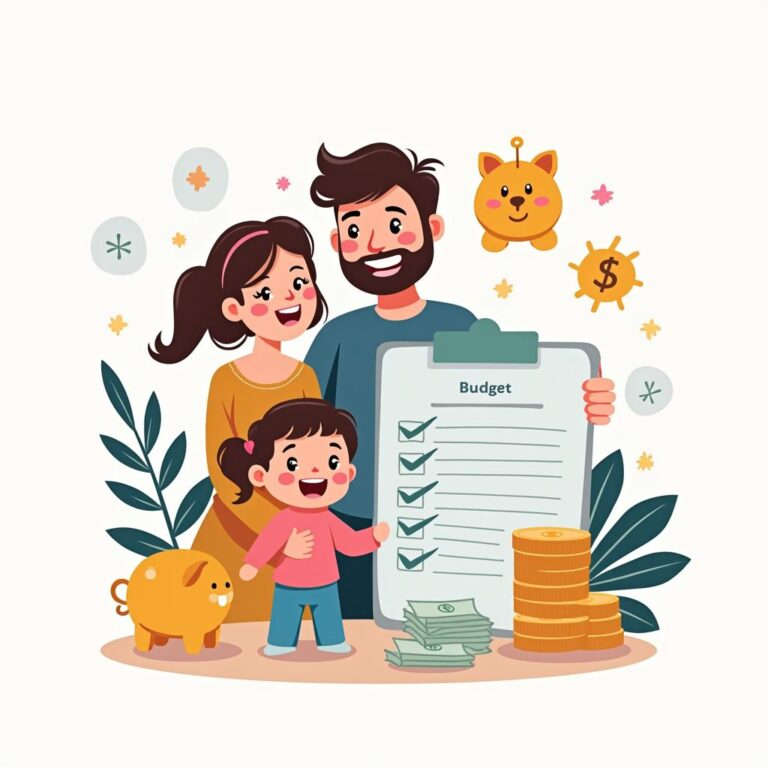Buying your first home is an exciting milestone, but the journey to homeownership typically begins with saving for a down payment. This can often feel like a daunting task, especially with rising housing prices. However, with a strategic plan, it’s possible to accumulate the necessary funds. Here are some smart ways to save for a down payment on your first home.
- Set a Clear Savings Goal
- Create a Budget
- Open a Dedicated Savings Account
- Automate Your Savings
- Increase Your Income
- Cut Unnecessary Expenses
- Take Advantage of Employer Benefits
- Utilize Government Programs
- Consider a Family Gift
- Invest in Savings Tools
- Stay Motivated with Visual Reminders
- Monitor Your Progress
- Be Patient and Persistent
- Conclusion
Set a Clear Savings Goal
Before you start saving, it’s essential to determine how much you need for your down payment. While the traditional down payment is 20% of the home’s purchase price, many lenders now allow significantly less. The first step is to research the housing market in your desired area. This will help you set a specific financial goal based on your target home price. If you’re looking at a home priced at $300,000, for example, a 20% down payment would be $60,000.
Create a Budget
Once you know your savings goal, the next step is to create a budget. Track your income and expenses for a month to understand where your money is going. Categorize your spending into needs, wants, and savings.
Identify areas where you can cut back to allocate more funds towards your down payment savings. Small changes can add up over time. For example, consider cooking at home instead of eating out, canceling subscription services, or finding more affordable entertainment options. The crucial part is directing these savings towards your down payment fund.
Open a Dedicated Savings Account
Consider opening a separate savings account specifically for your down payment. This can help you track your progress and keep your funds safe from everyday expenses. Look for high-yield savings accounts that offer better interest rates, allowing your savings to grow over time.
Some banks and credit unions offer special accounts for home buyers that may include beneficial features like lower fees and higher interest rates, making your savings work harder for you.
Automate Your Savings
Setting up automatic transfers to your dedicated savings account can make saving easier. Choose an amount that aligns with your budget and have it transferred automatically after each paycheck. This “pay yourself first” strategy ensures you’re consistently putting money away for your future home without having to think about it.
Increase Your Income
To save for a down payment more quickly, consider ways to boost your income. This might include picking up a part-time job, freelancing, or monetizing a hobby. Here are some ideas:
- Freelancing: If you have skills in writing, graphic design, or programming, freelance work can be a great side hustle.
- Part-time Jobs: Consider flexible options such as retail, delivery services, or tutoring, which can offer additional income.
- Rent a Room: If you have extra space in your home, consider renting it out on platforms like Airbnb.
Cut Unnecessary Expenses
Review your monthly expenses and identify unnecessary subscriptions, memberships, or services you can eliminate. Consider the following:
- Streaming Services: If you subscribe to multiple streaming platforms, consider consolidating to one or two.
- Gym Memberships: Use free online workouts or outdoor spaces rather than paying for a gym.
- Luxury Items: Avoid buying non-essentials that aren’t necessary for your daily life.
Redirect the money saved from these expenses to your down payment fund.
Take Advantage of Employer Benefits
If your employer offers any homebuyer assistance programs, make sure to take advantage of them. Some companies offer down payment assistance or matched savings programs that can significantly reduce the time it takes to save for your first home.
Utilize Government Programs
Many local and federal government programs can assist first-time homebuyers, often making the down payment requirements less daunting. Research programs like:
- FHA Loans: These loans allow for lower down payments (as low as 3.5%) for qualified buyers.
- State and Local Assistance: Many states offer assistance programs that include down payment grants or second mortgages to cover down payment costs.
- Good Neighbor Next Door Program: If you’re a teacher, law enforcement officer, firefighter, or EMT, you may qualify for a discount on homes in revitalization areas.
Consider a Family Gift
If you’re fortunate enough to have family members willing to help, consider asking for a gift toward your down payment. Many first-time homebuyers receive financial gifts from parents or relatives. Just ensure to keep proper documentation, as your lender will likely require proof of the gift and that it doesn’t need to be repaid.
Invest in Savings Tools
Depending on your timeline, consider investing some of your savings in a conservative portfolio. Although investing carries risks, using a high-yield savings account or low-risk investments that align with your timeline may help grow your savings more effectively than a traditional savings account alone.
However, ensure that you are clear about your risk tolerance and investment timeframe because the market can fluctuate, and you want to ensure that your funds are available when you need them.
Stay Motivated with Visual Reminders
Keeping your goal in sight can help you stay motivated throughout the saving process. Consider creating a visual representation of your savings goal, such as a chart or a vision board. Place it in a prominent location where you’ll see it daily. This constant reminder can encourage you to stay disciplined and focused on your financial objectives.
Monitor Your Progress
Regularly check in on your savings progress. Tracking how close you are to your down payment goal can provide a motivational boost. Use budgeting apps or spreadsheets to monitor your income, expenses, and savings effectively. Celebrate small milestones along the way to keep your spirits high.
Be Patient and Persistent
Saving for a down payment on your first home can take time, and it’s essential to remain patient and persistent. Life may throw unexpected expenses your way, but remember that every little bit of savings counts. Focus on the end goal, and remind yourself why you started this journey.
Conclusion
Saving for a down payment on your first home is undoubtedly a challenging yet achievable goal. With a clear savings plan, budget, and dedication, you can reach your target amount faster than you might think. Keep your aspiration of homeownership alive and take actionable steps to make it a reality. By implementing these smart saving strategies, you’ll be well on your way to turning your home buying dreams into a tangible reality.







